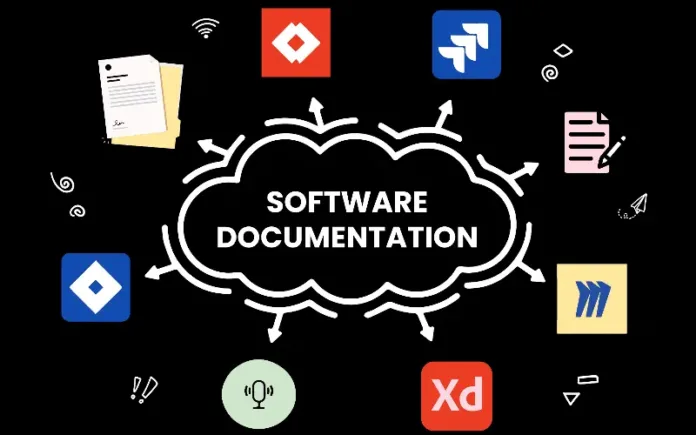In software development, the spotlight often shines on creating new features and functionalities. However, a critical yet sometimes overlooked aspect is software maintenance—the ongoing process of keeping the software running smoothly, fixing bugs, and adapting it to evolving needs.
At the heart of successful CMMS Software maintenance lies a powerful tool: comprehensive and up-to-date documentation. This seemingly mundane task ensures efficient troubleshooting, clear communication, and a long-term maintainable codebase.
What Role Does Documentation Have In Software Maintenance?
Documentation Is An Essential Aspect Of Software Maintenance in many ways. Imagine inheriting a complex house without a blueprint. Patching leaky roofs and fixing broken windows would be a frustrating process of trial and error. Software, much like a house, is a complex system with intricate components and dependencies.
Documentation includes everything from high-level system architecture overviews to detailed code comments explaining specific functionalities.
The Benefits Of Documentation In Software Maintenance
Documentation serves as the blueprint for this system, providing developers with a clear understanding of how the software works, what each component does, and how they interact and offers many benefits in software maintenance such as:
- Clear Communication – With a well-documented codebase, onboarding new developers or reassigning tasks within the existing team becomes a seamless process. New team members can quickly grasp the software’s logic and functionality, reducing the time needed to understand and address maintenance issues.
Clear documentation also fosters better communication within the development team. Developers can collaborate more effectively by referring to a shared source of truth, reducing misunderstandings and ensuring everyone is on the same page regarding code changes and updates.
- Beyond Bug Fixes –The benefits of documentation extend beyond simply fixing bugs. Comprehensive documentation allows developers to identify areas for improvement within the codebase. For example, well-documented code with clear explanations of design decisions empowers developers to assess potential code refactoring opportunities to enhance maintainability or performance. Furthermore, user manuals and API references provide a smoother user experience by providing clear instructions and usage guidelines.
- A Living Document – Documentation is not a static document; it’s a living entity that must evolve alongside the software. As new features are added, bugs are fixed, and the codebase changes, the documentation needs to be updated to reflect these modifications. An effective documentation strategy involves integrating documentation updates into the development process itself. This ensures that the information remains accurate and readily available to all stakeholders.
As you can see, robust software documentation is not a luxury but necessary for successful software maintenance. It empowers developers, fosters clear communication, and provides a foundation for ongoing improvement. Investing in comprehensive and up-to-date documentation can transform software maintenance from a reactive activity to a proactive approach that ensures your software’s long-term success and maintainability.
Work With The Best Documentation Software Experts
Partnering with skilled technical maintenance software experts can be invaluable for complex projects. These professionals possess the expertise to translate complex technical concepts into clear and concise language, ensuring your documentation is informative and engaging for developers and users alike. They can support your efforts and guide you in implementing this software in your organization’s work.
By leveraging their skills, you can create a documentation ecosystem that empowers your team and streamlines the software maintenance process, ultimately contributing to a more prosperous and enduring software product.
